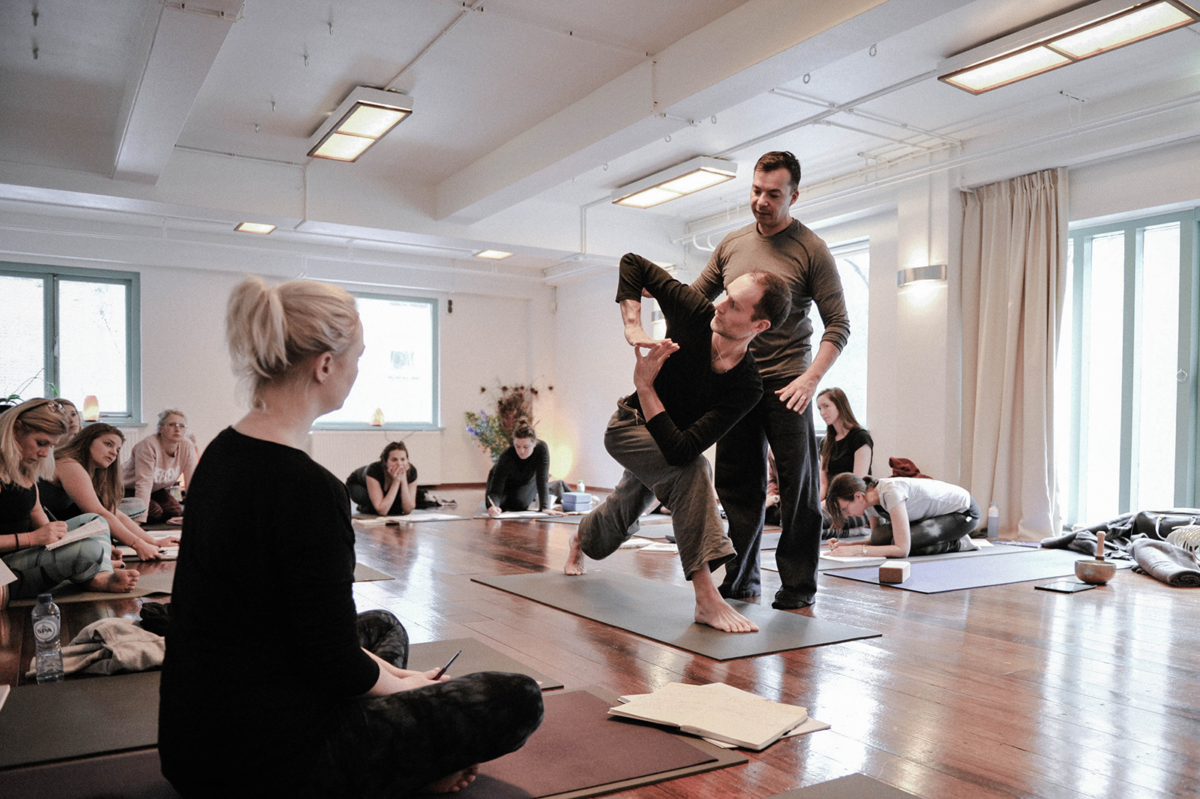Functional Yoga
What is Functional Yoga?
Functional Yoga is not yet another yoga style; it is an approach that can be applied to any style, and indeed any exercise, you practice.
Functional Yoga is based on the scientifically proven premise that our skeletons, tissues, physiology, temperament and motivation are made and organized in a unique way that is ours only and not repeated anywhere else in the Universe. This uniqueness comes with the whole package of talents and limitations that constitute who we are. In other words, it means that some of us are musical but bad with numbers, can run for miles but cannot sit cross-legged on the floor. Someone else might cook wonderfully but not be able to carry a tune, bend backwards for fun but hate sports. The variation in human anatomy and psychology is truly infinite.
Functional Yoga recognizes these differences and honours them without giving up on any aspect of life. Instead of focusing on aesthetic goals – I want to bend my back like her, sing like him, look like them – we focus on the function – strengthen the spine, express ourselves, feel good in our skins. It is a profound shift in approach, that liberates us for being who we are without excuses or unreal expectations.
With this approach, all bodies can benefit from the poses in their own unique way, enjoying a practice that is healthy, safe, nourishing, fulfilling and fun independently from age, background, body shape or flexibility.
Functional Yoga was developed and organized into a system by Paul and Suzee Grilley; it includes deep understanding of how the body works through functional anatomy studies and also the ever present insight that we are much more than our bodies given by yoga philosophy.

Basic principles that make a huge difference
When teaching yoga, we all want our students to enjoy their practice and to be safe. We study rules of alignment and precautions we can take in order to guarantee that those goals will be met.
The problem with this approach is that people are fundamentally different: not only their personality and temperament but also their bodies can vary greatly. The adjustment that makes someone feel amazing in a pose can hurt and even damage someone else.
Aesthetics vs. Function
In order to be able to help every single student, whether they’re beginners or experienced, stiff or flexible, old or young, we need more that a set of rules that is supposed to fit them all. That is an aesthetic approach: we want the pose to look a certain way. The knee should be in a specific place, the foot should point over there, the shoulder should be in line with something else. According to this approach, by looking at a student you can tell what she needs, and correct her.
In a functional approach we are not worried about how a pose should look but instead we focus on what a pose should be doing, or in other words, where you should be feeling it. We communicate to our students what we want them to feel, and give them options to adapt the pose until the pose works for them. Instead of working towards an aesthetic ideal we are making the pose available and beneficial to everybody in class, respecting their differences and abilities.
Disregard Everything that Weakens You
Swami Vivekananda